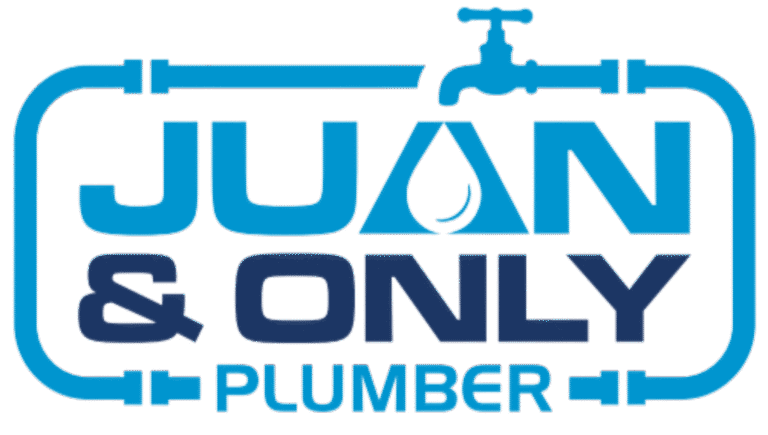Maintaining your plumbing system is crucial to avoid unexpected and costly repairs. Regular maintenance can help you identify potential issues early and keep your plumbing running smoothly. Here’s a comprehensive checklist to guide you through essential plumbing maintenance tasks.
1. Monthly Maintenance
- Check for Leaks: Inspect faucets, showerheads, and under sinks for any signs of leaks. Even a small drip can waste a significant amount of water over time.
- Test Water Pressure: Ensure your water pressure is within the recommended range (40-60 psi). High water pressure can damage pipes and fixtures.
- Clean Drains: Use a natural drain cleaner or a mixture of baking soda and vinegar to keep your drains clear and prevent clogs.
2. Quarterly Maintenance
- Inspect Pipes: Look for any signs of corrosion, rust, or leaks in exposed pipes. Addressing these issues early can prevent major problems.
- Check Water Heater: Inspect your water heater for leaks and ensure the temperature is set to 120°F to prevent scalding and save energy.
- Test Sump Pump: If you have a sump pump, test it by pouring water into the sump pit to ensure it’s working correctly.
3. Bi-Annual Maintenance
- Flush Water Heater: Sediment buildup can reduce the efficiency of your water heater. Flush it every six months to remove any sediment.
- Inspect Toilet Components: Check the flapper, fill valve, and other components inside the toilet tank for wear and tear. Replace any faulty parts to prevent leaks.
- Clean Showerheads: Remove mineral deposits from showerheads by soaking them in vinegar. This helps maintain water flow and pressure.
4. Annual Maintenance
- Professional Inspection: Schedule a professional plumbing inspection to identify any hidden issues and ensure your system is in top condition.
- Check Outdoor Faucets: Inspect outdoor faucets and hoses for leaks or damage, especially before winter. Disconnect hoses and insulate faucets to prevent freezing.
- Inspect Sewer Line: If you have an older home, consider having your sewer line inspected for any potential blockages or damage.
Additional Tips
- Know Your Shut-Off Valves: Familiarize yourself with the location of your main water shut-off valve and individual shut-off valves for fixtures. This knowledge can be crucial in case of a plumbing emergency.
- Monitor Water Bills: An unusually high water bill can indicate a hidden leak. Keep an eye on your bills and investigate any sudden increases.
By following this plumbing maintenance checklist, you can keep your plumbing system in excellent condition and avoid unexpected repairs. Regular maintenance not only saves you money but also ensures a reliable and efficient plumbing system for your home.
